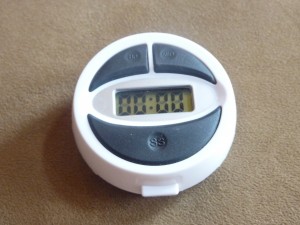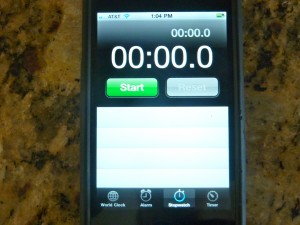You have heard me mention the word “manipulatives” many times and in case you don’t know what they are, they are basically items that children can manipulate while working math problems.
Here are some manipulatives that are perfect for an autumn themed My Obstacle Course:



These are great to pair with math equations to help the child have a good understanding of what the exactly they are doing – what the numbers represent and what it looks like. I think this is so important in building a strong math foundation.
Example: 4+2= ? Have your child get 4 things and then 2 more before counting them altogether.
Really simple but so often neglected as people try to get children ahead by starting them on flash cards and working to know the facts by memory before there is a good understanding. This becomes quite apparent when the child cannot explain what it is they are doing or how they came up with their answer.
Uses:
- one to one correspondence
- addition
- subtraction
- multiplication
- division
- patterning (if you have items that would work as patterns)
These are just some fun, seasonal items to use as manipulatives and I encourage you to be on the lookout for other items that can be used. I’ve got a bunch that I will share soon that are great for a Halloween themed My Obstacle Course – stay tuned!!
Engage, Encourage and Empower!















